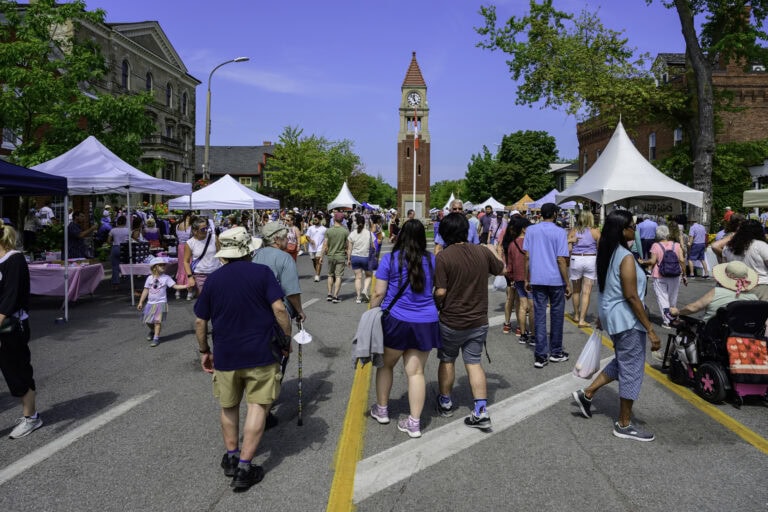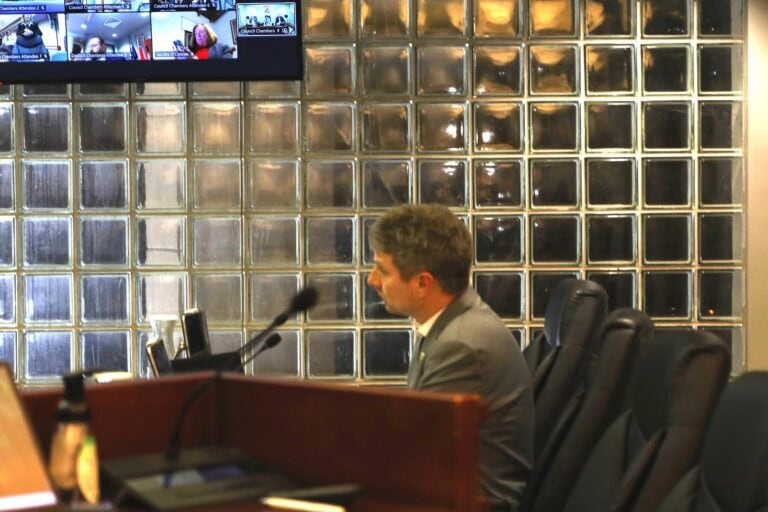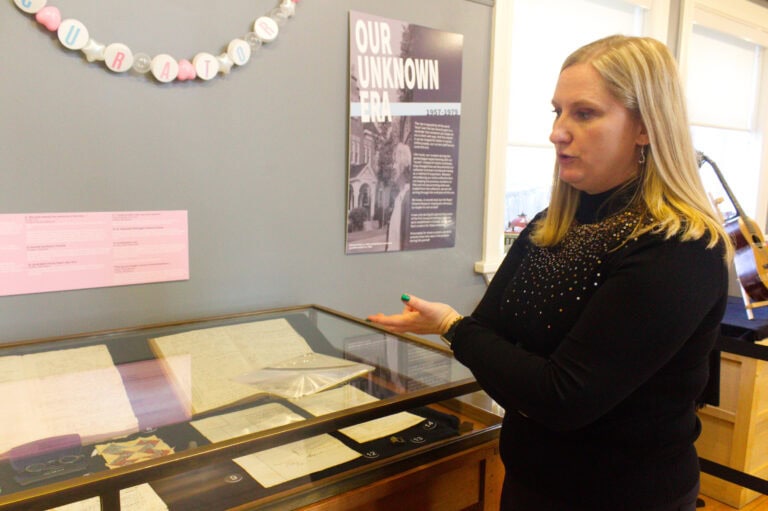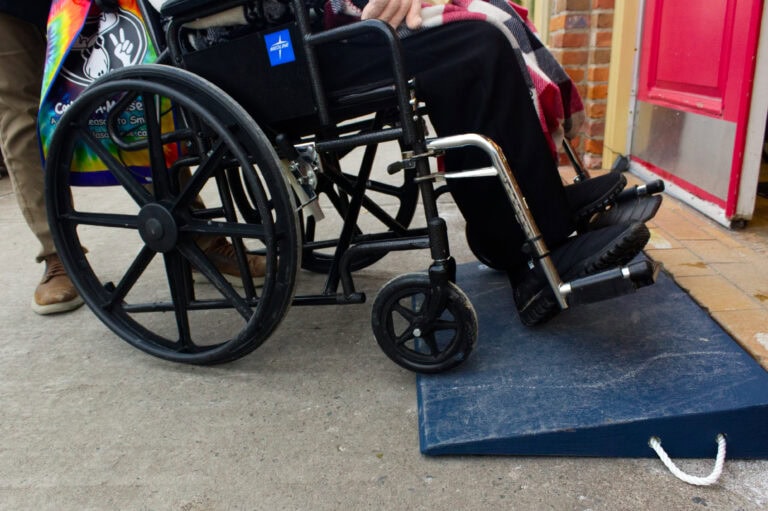Dr. Martha Brown Truncale, whose father William Brown usually writes our weekly medicine and science column, is a dentist in Kodiak, Alaska. Her mother lives in a NOTL nursing home, where she contracted COVID-19.
Dr. Martha Brown Truncale
Special to The Lake Report
Six months ago, the prospect of an effective vaccine for COVID-19 was truly uncertain. Many bet against it. After all, we can’t beat the common cold and that’s a coronavirus.
Today there are a variety of vaccines and once-scarce PPE is more available. Experienced physicians and nurses have a grasp of the clinical picture and best practice treatment protocols to employ.
Each of these hurdles was hard won. I guess we just assumed that getting the vaccine into people's arms was the easy part. In keeping with COVID-19, inoculating our citizens will be hard and timing, as it turns out, is everything.
I learned a lot this month about timing. As a dentist, my job is located at the end of the human airway. Riskier yet, I make an impressive aerosol doing my work.
For this, I earned my vaccine in the second tier of prioritized citizens in the state of Alaska. By Jan. 25, I had received the second dose. My work days still involve suffocating layers of PPE, but my mind is much more at ease.
For a state with considerable geographic hurdles to vaccine delivery, I am pleased to meet a broader group of people every day who report being vaccinated. The queue continues to move efficiently in this small state.
My mother who lives in a nursing home in Niagara-on-the-Lake wasn’t so lucky. A single day before she was to receive her vaccine, she was diagnosed with COVID-19. The bug beat her to the finish line.
There are undoubtedly similar stories around the world in the race to deploy vaccine. For a facility that managed to keep COVID out all year, it was a heartbreaking development for staff, residents and families. I am happy that the worst has passed but in the wake there remains an understandably fatigued staff and sorrow for many families.
Now, I will relate a happier third experience with timing where the outcome will tell us something about the future. Recently, a long-term care home in Juneau, Alaska, reported the same heart-wrenching story of the sudden appearance of COVID among staff and residents.
Over a period of two weeks, it was reported that more than 12 people tested positive for COVID-19. Among residents, who are particularly vulnerable to illness, nearly everyone was symptom-free.
Why? Close to 80 per cent of the residents and staff had received at least one of the shots in the two-jab series. Just in time.
While it might be tempting to shrug and observe that this outcome is expected, I found the report joyful. After so much bad news, I felt relief for those residents, their families and the staff. I felt joy for all of us.
The news article reported that morale among the residents was pretty good as they passed through their quarantine uneventfully and that another clinic will bring the facility's vaccination rate up to 87 per cent for residents and 81 per cent for the staff.
As if our COVID vocabulary needed expansion, a new term also jumped out of the article, “vaccinated positives.” Yes, a vaccinated person can be COVID positive.
Where most of us hoped that flinching twice for the vaccine would be a “get out of jail free card,” the reality is that the shots are a “stay out of the ICU card.”
Hopefully, it will mean mild illness or a symptom-free course but we can still get infected and presumably infect others. The article observes that, “keeping people from getting sick and keeping people virus-free are not the same thing.”
Now, on this score, an early study out of Israel also caught my eye this week. As the news tells us, Israel has done an efficient job of giving the jab to its citizens.
The study measured the viral loads of 2,897 unvaccinated people matched (age and sex) with the same number of people who had received their first dose of the Pfizer vaccine.
The takeaway was that the viral load was reduced four-fold for infections occurring 12 to 28 days after the first dose of vaccine. (Similar to the Juneau nursing home experience) A lower viral load does suggest lower infectiousness and that could really put a dent in a raging pandemic.
Symptoms in “vaccinated positives” will depend on the recipients developing a strong immune response to the vaccine and whether they had sufficient time to do so before an exposure to SARS-CoV-2. Now, we need to consider whether the vaccine delivered has efficacy to the variant contracted.
These threads of good news timing, return us to “our best defence, is a good offence” and that means getting vaccinated, wearing a mask, observing physical distance and washing our hands.
Although we can feel some confidence that we may not fall ill ourselves, we can still be a “vaccinated positive” and the jury is out on whether we will have viral loads low enough not to infect those around us.
But from these rays of light, we can observe that COVID outbreaks could taper to smaller and less severe events very soon by chipping away at the vaccine mountain in front of us and keeping our pandemic behaviours in force.










